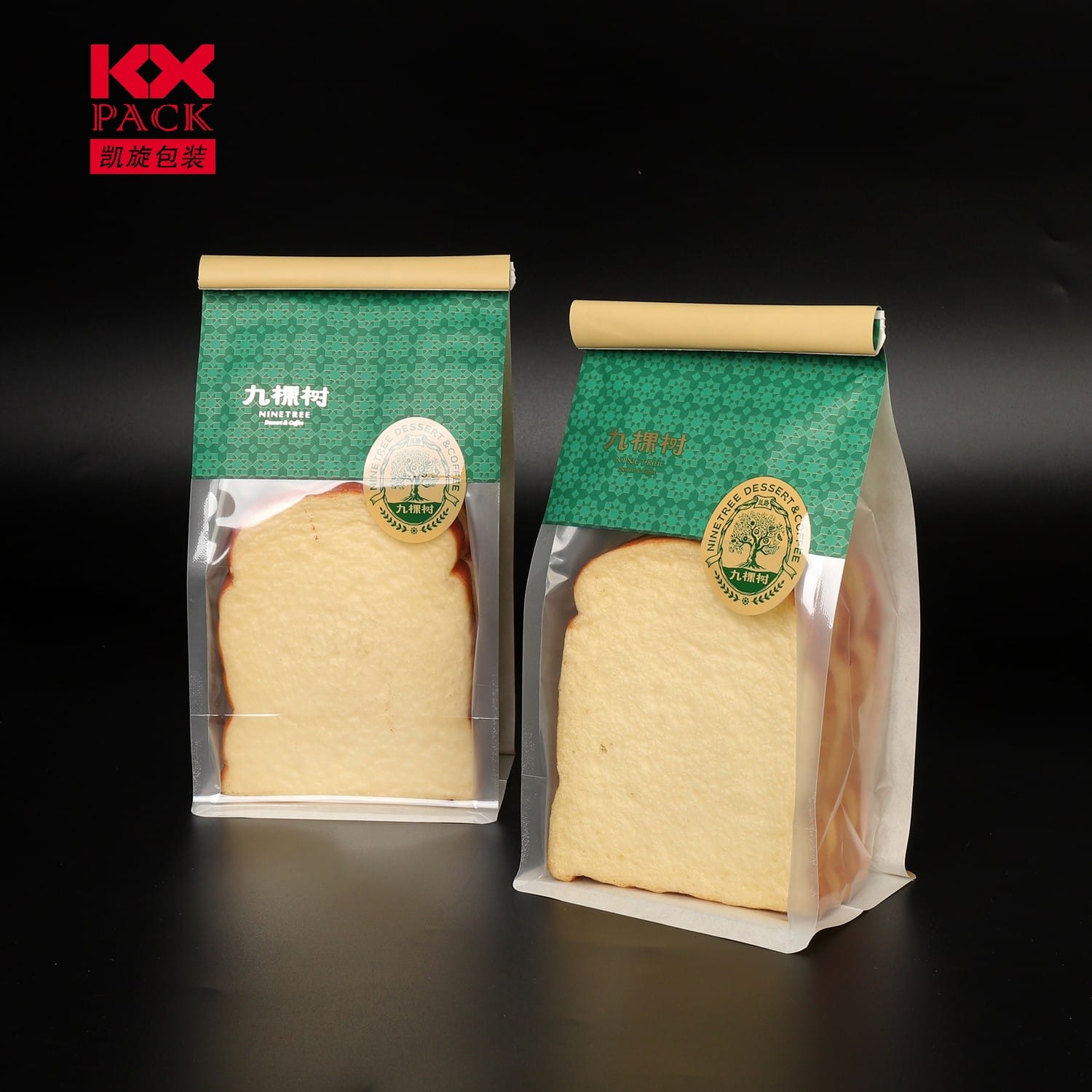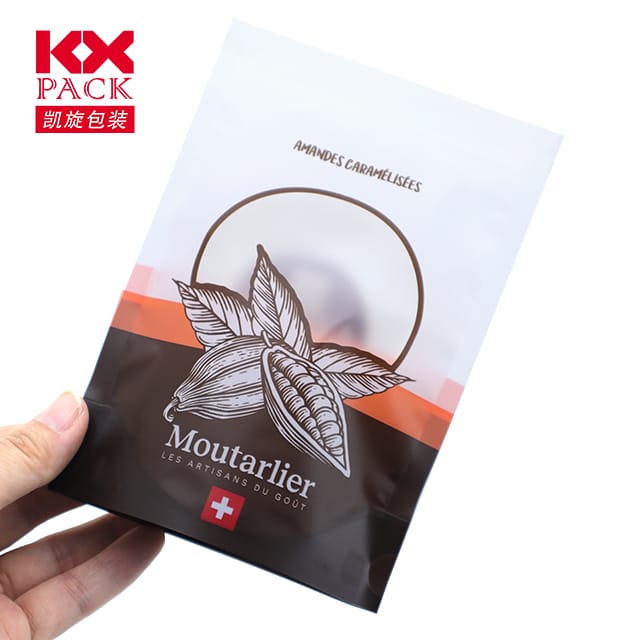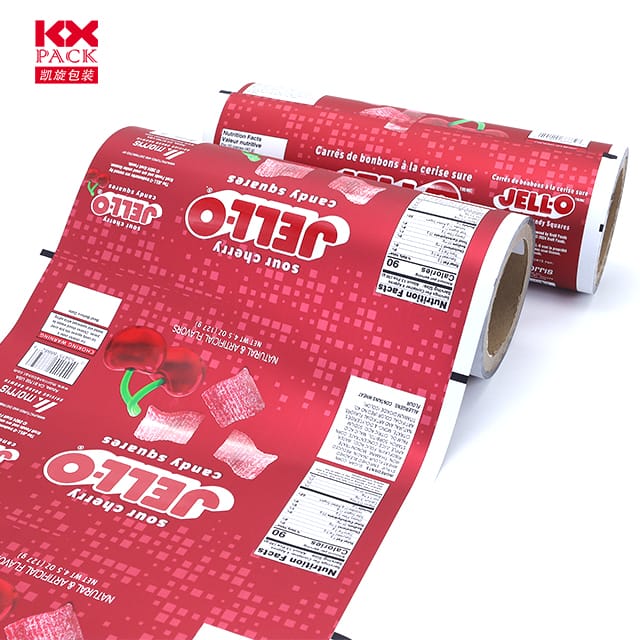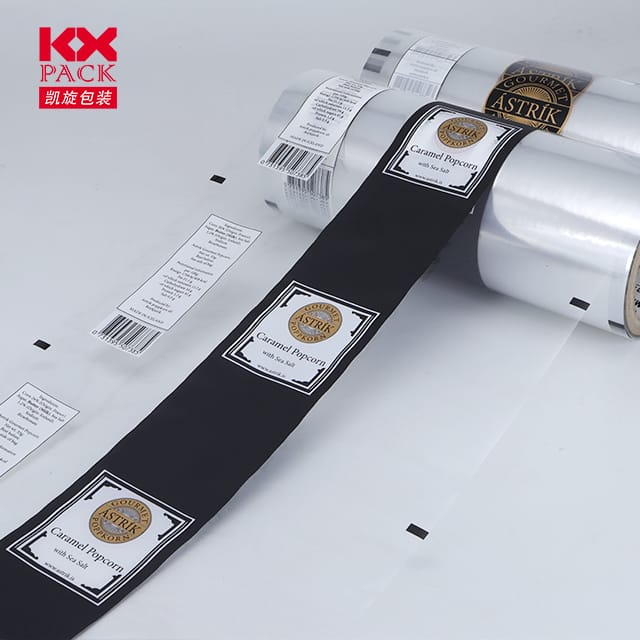灵活膜在食品包装中的演变和影响
灵活的电影
在动态的食物包装世界中, 灵活的电影 已经成为改变游戏规则的人, 革新产品的保存方式, 提出, 并运输. 将创新与可持续性相结合, 这些轻巧, 适应性材料正在重塑行业,同时解决消费者对方便和生态意识解决方案的需求不断增长.
什么是灵活的电影?
灵活的电影很薄, 由聚合物等聚合物制成的柔韧纸 (体育), 聚丙烯 (聚丙烯), 聚酯纤维 (宠物), 或可生物降解的替代品,例如聚乳酸 (解放军). 旨在符合产品形状, 他们提供的多功能性无与伦比。. 常见应用包括小袋, 包裹, 盖子, 和小吃的袋子, 新鲜农产品, 奶制品, 和即食餐.
灵活电影的关键优势
- 增强产品保护
灵活的膜创造了防湿的气密屏障, 氧, 和光, 延长保质期并减少食物浪费. 先进的多层结构可以结合氧气清除剂或紫外线过滤器,以进行优质保存. - 可持续性益处
与传统材料相比, 灵活的电影需要更少的资源来生产和运输, 降低碳足迹. 许多现在可回收或可堆肥, 与全球循环经济目标保持一致. 例如, 陶氏 回收 技术启用可回收袋, 像Tipa®这样的公司提供经认证的可堆肥电影. - 成本效益和便利
轻巧和节省空间, 灵活的电影降低了存储和运输成本. 他们可重新密封的设计(例如拉链或喷口), 迎合旅途的生活方式. - 品牌和货架吸引力
高清印刷功能允许充满活力, 可自定义的设计, 帮助品牌在竞争激烈的零售环境中脱颖而出.
挑战和创新
尽管有好处, 灵活的电影面对障碍:
- 回收基础设施: 单物质膜更容易回收, 但是多层变体 (在高级式包装中常见) 仍然有问题.
- 物质复杂性: 平衡性能与生态友好需要持续的R&丁.
创新推动变革:
- 可生物降解的聚合物: 源自玉米淀粉或甘蔗的材料正在获得牵引力.
- 化学回收: 诸如酶促降解的突破有望回收混合材料膜.
- 智能包装: 将传感器集成以监视供应链透明度的新鲜度或RFID标签.
灵活电影的未来
预计灵活食品包装的市场将在复合年份 5.2% 通过 2030 (大视图研究), 由:
- 电子商务上升: 对耐用的需求, 轻量级运输材料.
- 注重健康的消费者: 卫生的偏好, 单次服务部分.
- 监管压力: 对一次性塑料的更严格的禁令正在加速采用可持续替代方案.
结论
灵活的电影代表了功能和环境责任之间的桥梁. 随着技术的发展, 他们在减少废物中的作用, 增强食品安全, 令人满意的消费者只会扩大. 当今拥抱这些材料的品牌不仅保持领先地位 - 它们为更健康的星球做出了贡献.
呼吁采取行动:
您准备好探索品牌的灵活包装解决方案吗? 在下面的评论中分享您的想法或问题 - LET讨论创新如何满足食品行业的可持续性!
字数: 〜550
关键字: 灵活的电影, 食品包装, 可持续性, 创新, 回收






